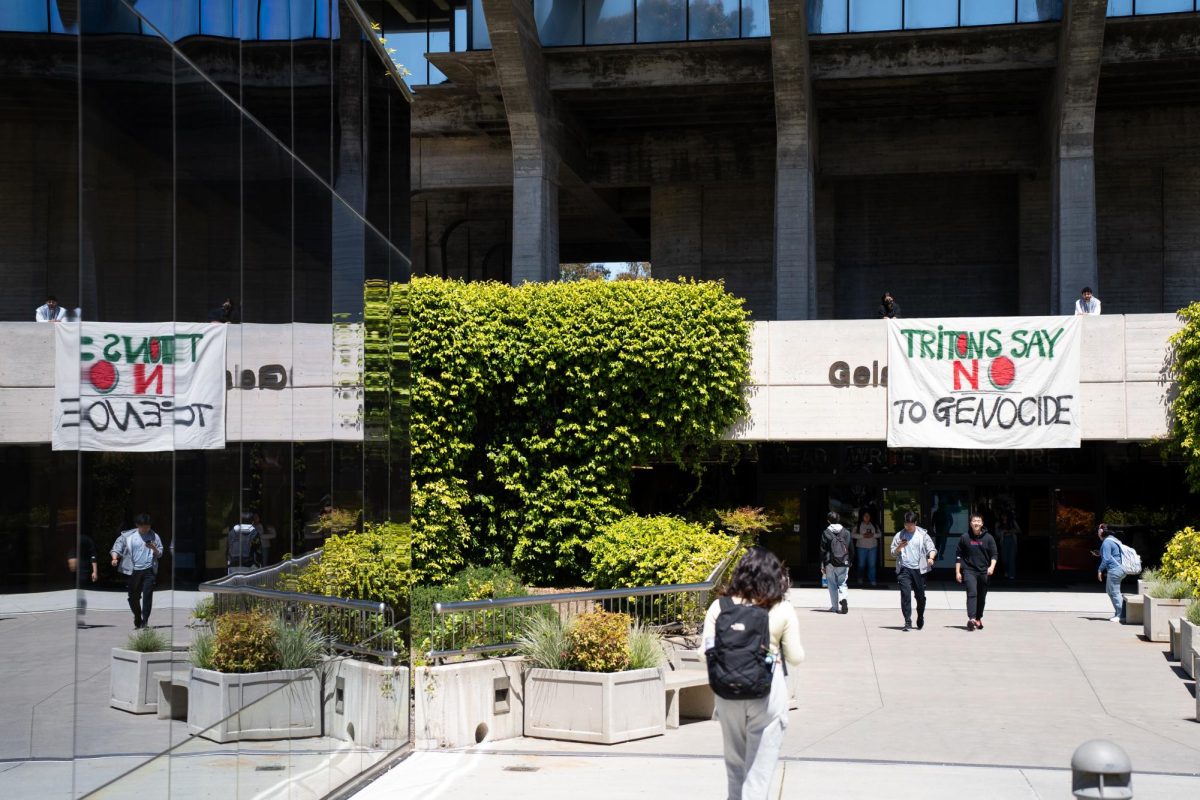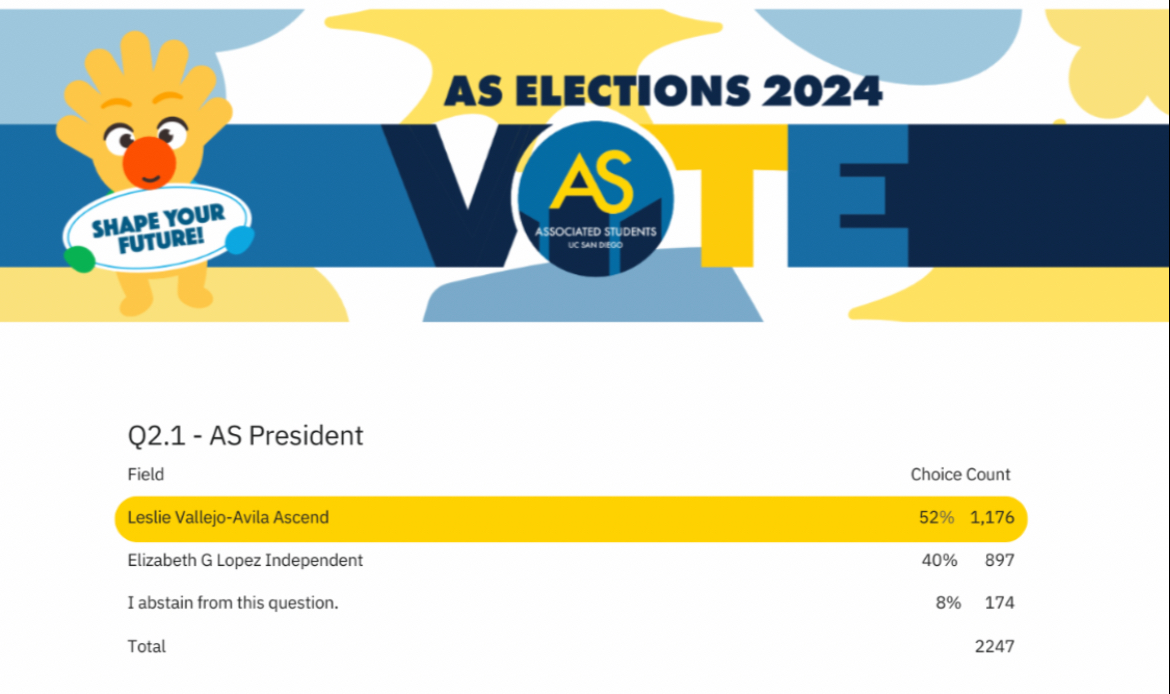A team of researchers at the UCSD School of Medicine recently found evidence to support its hypothesis that the long-term consumption of Neu5Gc, a sugar molecule found in red meat, facilitates the development of cancerous tumor cells in mice.
The study was led by principal investigator Dr. Ajit Varki, an award-winning professor of medicine and cellular and molecular medicine at UCSD. The team’s unprecedented findings were published on Dec. 29 in the online early edition of the Proceedings of the National Academy of Sciences.
The team of researchers studied how the immune system responded to Neu5Gc, a sialic acid molecule which is naturally present in almost every mammal except humans and is highly enriched in red meat.
Varki told the UCSD Guardian that, although the molecule has not been found naturally in humans for millions of years, it is bioavailable to this day, meaning it can still be distributed throughout the body through the bloodstream and absorbed by human tissues.
“This one particular sugar molecule called Neu5Gc is missing in humans because of a mutation that occurred in our evolution,” Varki said. “But when you take this molecule and give it to human cells or feed it to mice that don’t have it, it gets incorporated into the cells as if it belongs there. We lost the gene that makes it [about two million years ago], but chemical pathways don’t know that difference.”
The researchers hypothesized that the interaction of this molecule with anti-Neu5Gc antibodies generated by the body’s immune system would promote xenosialitis, or chronic inflammation. This type of inflammation has a known association with cancer and several other diseases.
In order to test the hypothesis, the team fed controlled amounts of this sugar molecule to a group of immunized mice who, like humans, were deficient in Neu5Gc and observed that the production of anti-Neu5Gc antibodies did lead to systemic inflammation and eventually a fivefold increase in spontaneous tumor formation.
Although the mice in this study were biologically similar to humans, Varki said that the results have certain limitations and that the process of substantiating the association in humans requires an entirely different approach.
“Proving this in humans is a whole other ballgame,” Varki said. “You can’t just take a whole bunch of people and make one group follow a vegan diet and the other follow a red meat diet. All you can do is study populations of people and say that those who have high [consumption rates of] red meat and high numbers of antibodies for a long time are more likely to get cancer. It’s all probability.”
He further explained that some minor differences were simply biological, like the target organs where epithelial cancers called carcinomas would occur. In mice, the tumors occurred in the liver. In humans, the tumors would likely present themselves in areas such as the colon, prostate or ovaries.
Although the results of the study cannot be applied directly to humans, Varki added that they were significant because the mice in this phase of the study were not exposed to carcinogens or injected with substances that could artificially induce carcinomas.
“Until now, all of our evidence linking Neu5Gc to cancer was circumstantial or indirectly predicted from somewhat artificial experimental setups,” Varki said in a press release on Dec. 29. “This is the first time we have directly shown that mimicking the exact situation in humans — feeding nonhuman Neu5Gc and inducing anti-Neu5Gc antibodies — increases spontaneous cancers in mice.”







